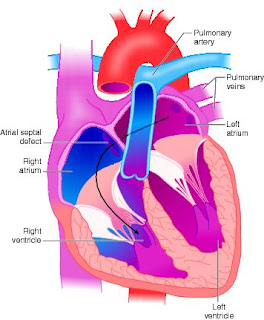Congenital heart defect (CHD) is defined as defect in the heart and major blood vessels, including structural, chromosomal, genetic, biochemical defects and malformations. CHD is the most common congenital malformation in live births with an incidence of around 1% in general population. The incidence of critical CHD (needing intervention or operation within 1 month after birth) is around 2 per 1000. CHDs remain a leading cause of infant mortality accounting for up to 40% of all deaths from congenital defects. Up to 7.5% of the infant mortality in the developed world is reported from CHDs.
Major developments in diagnosis and management over the last decade have led to dramatic improvements in survival with more than 85% of children diagnosed with CHD now surviving into adulthood. Early diagnosis and timely appropriate management of critical and serious CHDs is essential to improve outcome.
Current screening tests are fetal anomaly screening (FAS) and routine examination of newborn. Pulse oximetry screening has been shown an effective screening method to detect critical CHDs and fulfils the criteria for universal screening. It’s being recommended by most professional bodies involved in the care of children with CHDs and currently being adopted by many countries across the world. However, it’s still not part of universal screening programme in most of the countries.
Routine examination of newborn remains a poor screening tool to detect CHDs soon after birth when cyanosis could be difficult to detect with naked eyes and clinical signs of CHDS are often absent. Fetal anomaly screening has now become an established screening tool to detect CHDs in most of the developed countries.
Now, the International Society for Ultrasound in Obstetrics and Gynaecology (ISUOG), Royal College of Obstetrics and Gynaecology (RCOG) and National Institute of Clinical Excellence (NICE) guidelines all recommend both four-chamber and outflow tract views of the heart as part of FAS (https://www.gov.uk/ government/publications/fetal-anomaly-screening-programme-standards). This increases the probability of identifying CHDs involving abnormalities of the outflow tracts (including transposition of the great arteries [TGA], tetralogy of Fallot, and double outlet right ventricle [DORV]). A significant improvement in the antenatal detection rate of significant CHD can be achieved when a concerted effort is made to visualise the outflow tracts .

No comments:
Post a Comment